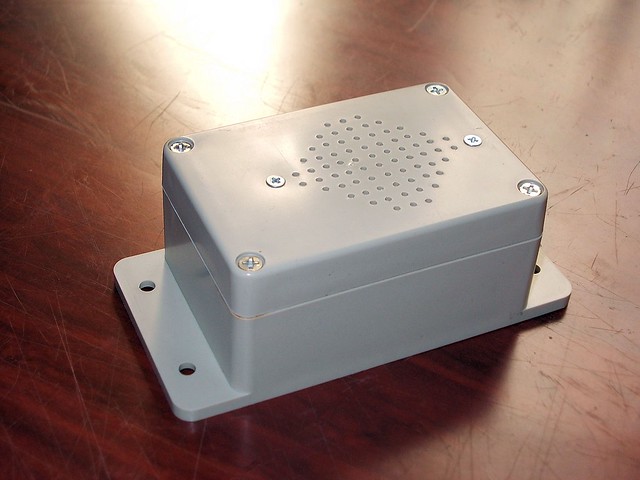This is a very simple electronic doorbell circuit which is specifically designed to interface with commonly available access control systems. This circuit is designed around an NE555 timer IC and LM386 audio power amplifier IC. Because most of the access control systems use 12V power supplies this doorbell is also designed to work with 9V to 15V DC power source.
We test this doorbell with several YOUHE access control systems and it works well with all the tested models.
In this design, NE555 is set up to obtain 840Hz - 860Hz output with above 80% duty cycle. To get the more effective output we use small 3.5 inches, 8Ω tweeter with our prototype design.
The PCB design and schematic of this design is available to download at google drive.
 |
| Final view of our doorbell project prototype. |
We test this doorbell with several YOUHE access control systems and it works well with all the tested models.
In this design, NE555 is set up to obtain 840Hz - 860Hz output with above 80% duty cycle. To get the more effective output we use small 3.5 inches, 8Ω tweeter with our prototype design.
The PCB design and schematic of this design is available to download at google drive.
Comments